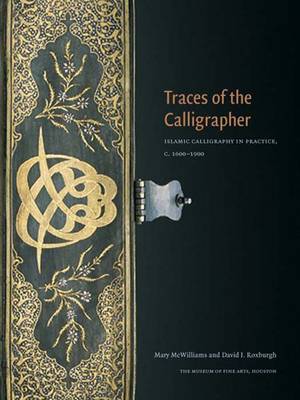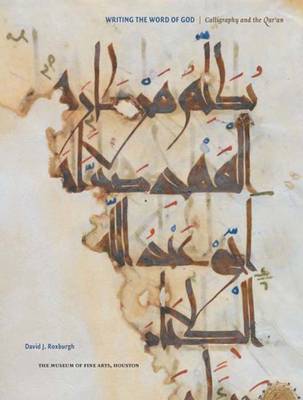Museum of Fine Arts, Houston
2 total works
In Islamic culture, calligraphy has long been considered a quintessential art form. This beautiful writing practice constitutes an expression of piety, and calligraphers are among the most highly esteemed artists. Traces of the Calligrapher portrays the intimate world of the calligrapher during the early modern period of Islamic culture. It brings together the "tools of the trade"--works in their own right that are rarely exhibited or published--and the exquisite art made with these functional objects in India, Iran, and Turkey. This richly illustrated and fascinating book presents exceptional works of the 17th through 19th centuries, drawn primarily from an unrivaled private collection. It features pens, pen boxes, chests, tables, paper scissors, knives, burnishers, and book bindings of superb manufacture and design, accompanied by examples of calligraphy that were executed as practice exercise, occasional works, wall hangings, and manuscripts.
The art of Islamic calligraphy developed from the 7th to the 14th century, beginning in western Arabia, spreading south to the Yemen and north to the Near East, and continuing east and west to Iran, Egypt, North Africa, and Spain. This handsome book demonstrates the breadth and beauty of Islamic calligraphy across centuries and continents, as seen in rare early folios of the Qur'an.Noted scholar David J. Roxburgh begins by discussing the Qur'an, which Muslims believe to be the written record of a series of divinely inspired revelations to the Prophet Muhammad. He then analyzes Kufic script, the preeminent vehicle for writing early manuscripts of the Qur'an; reforms of calligraphy in the tenth century; and the great master Islamic calligraphers, in particular Yaqut al-Musta'simi. The beautiful reproductions of folios and bifolios validate Roxburgh's conclusion that 'the miracle of the text of the Qur'an found its equal in the technical mastery of the calligrapher's practice, a miracle in its own right'.

